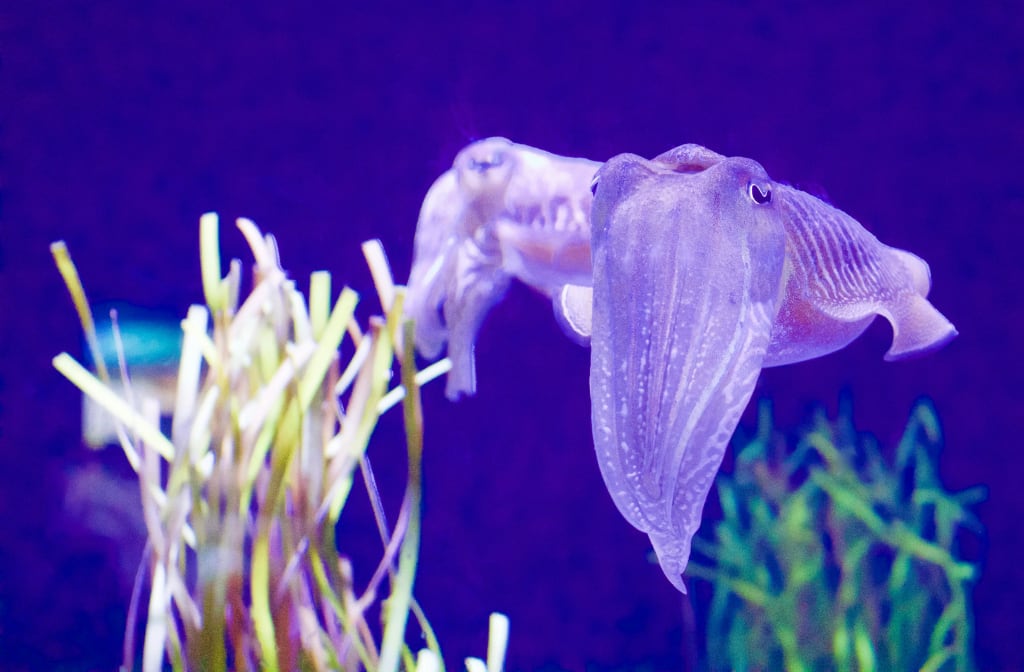What Squids and Frogs Taught Us About How Brain Cells Talk
"Unraveling the Mysteries of Neural Communication: Insights from Squids, Frogs, and Beyond."

For decades, understanding the intricate workings of the brain has been a monumental challenge. The key to unlocking its secrets lies in the complex interplay of cells that transmit information at lightning speed through chemical and electrical signals. But our understanding of this fundamental process owes much to early neuroscience pioneers and the diverse array of animals they studied.
Contrary to what one might expect, the foundational research on how brain cells communicate did not begin with studies on mice or rats. Instead, it was the humble squid and frog that played pivotal roles in unraveling this mystery. These seemingly unlikely subjects turned out to be perfect for the job, offering unique insights into the mechanisms of neural communication.
Animal research, however, is not undertaken lightly. Every use of experimental animals must be rigorously justified to oversight committees, research institutions, funders, and publishers. Yet, this requirement does not limit the scope of study; rather, it ensures that each animal contributes meaningfully to scientific progress.
One such pioneer in the field was Santiago Ramón y Cajal, who meticulously analyzed 58 different species in the late 19th and early 20th centuries. From snails to oxen, Cajal left no stone unturned in his quest to understand the intricacies of brain function. Employing cutting-edge techniques like Golgi staining, he illuminated the microscopic landscape of neural connections, laying the groundwork for future discoveries.
Cajal's work provided crucial insights into the structure of individual brain cells, revealing how they extend and interact with one another. This ground breaking research laid the foundation for the concept that information travels from one cell to the next—a paradigm-shifting idea that revolutionized our understanding of neural communication.
However, it was researchers from the University of Cambridge who made the pivotal discovery of electrical signaling in the squid's giant axon. This finding was a game-changer, providing unprecedented access to the inner workings of a single brain cell. Unlike human axons, which are minuscule in comparison, the squid's axon offered a larger-than-life window into the world of neural signaling.
Through meticulous experimentation, scientists observed how an exchange of ions generates electrical currents within a cell. These electrically charged atoms, predominantly sodium and potassium, flow across the cell membrane, creating a wave of electrical activity known as an action potential. This phenomenon allows cells to signal to one another, facilitating the transmission of information throughout the brain.
Yet, the story of neural communication does not end with electricity alone. Researchers studying frogs in the 19th century uncovered evidence suggesting that chemicals also play a crucial role in cell-to-cell communication. Experiments on frog muscles revealed that they would twitch when stimulated with electricity, indicating the presence of chemical messengers within the body.
Further investigations confirmed this hypothesis, demonstrating that neurotransmitters released by one cell can influence the activity of neighbouring cells. These chemical messengers, such as glutamate and GABA, modulate the flow of ions within the cell, either promoting or inhibiting communication depending on the situation.
Thus, thanks to the contributions of squids, frogs, and a myriad of other organisms, we now have a comprehensive understanding of how brain cells communicate with one another. By combining insights from electrical and chemical signaling, researchers have pieced together the intricate mechanisms underlying neural function.
In conclusion, the study of animal models has been instrumental in advancing our understanding of brain function. From squids to frogs, each species has offered unique insights into the complex world of neural communication. By building upon the discoveries of early pioneers, scientists continue to unravel the mysteries of the brain, paving the way for future breakthroughs in neuroscience.






Comments
There are no comments for this story
Be the first to respond and start the conversation.